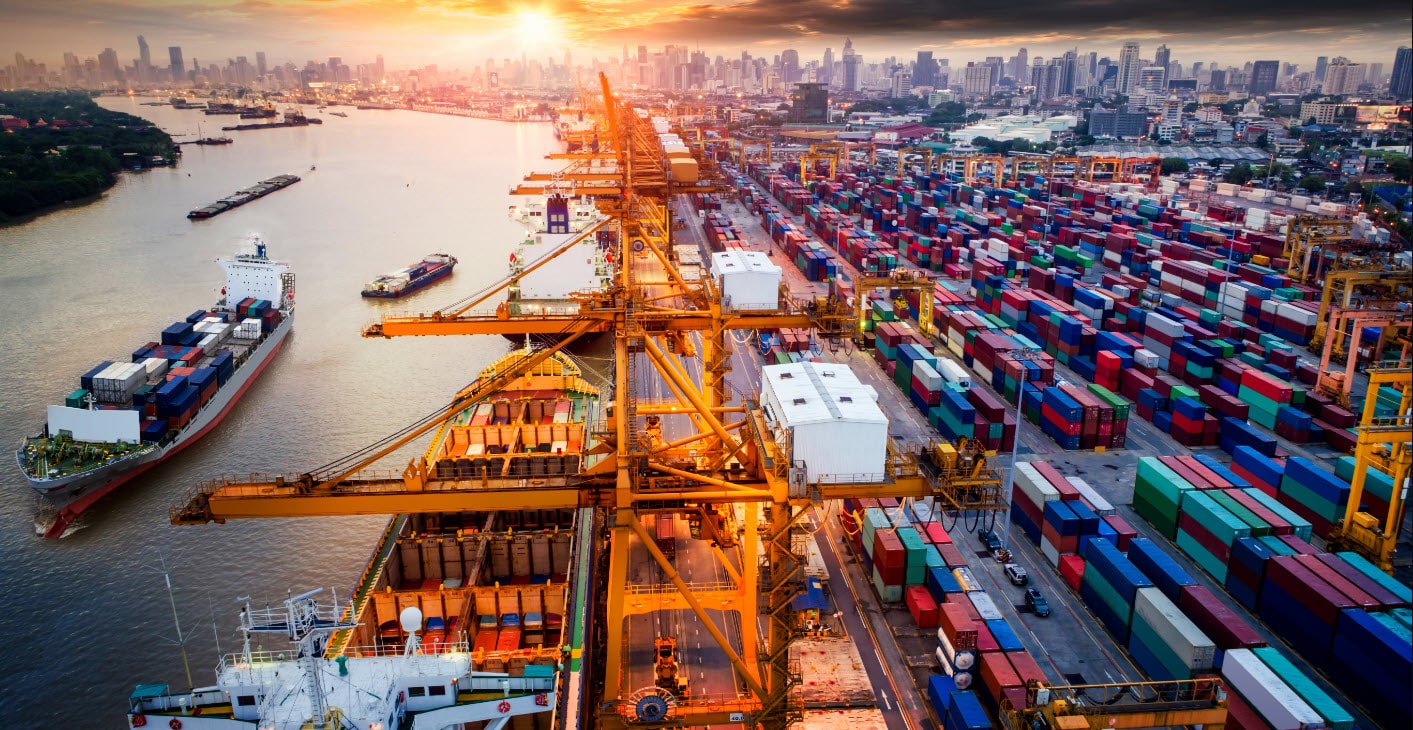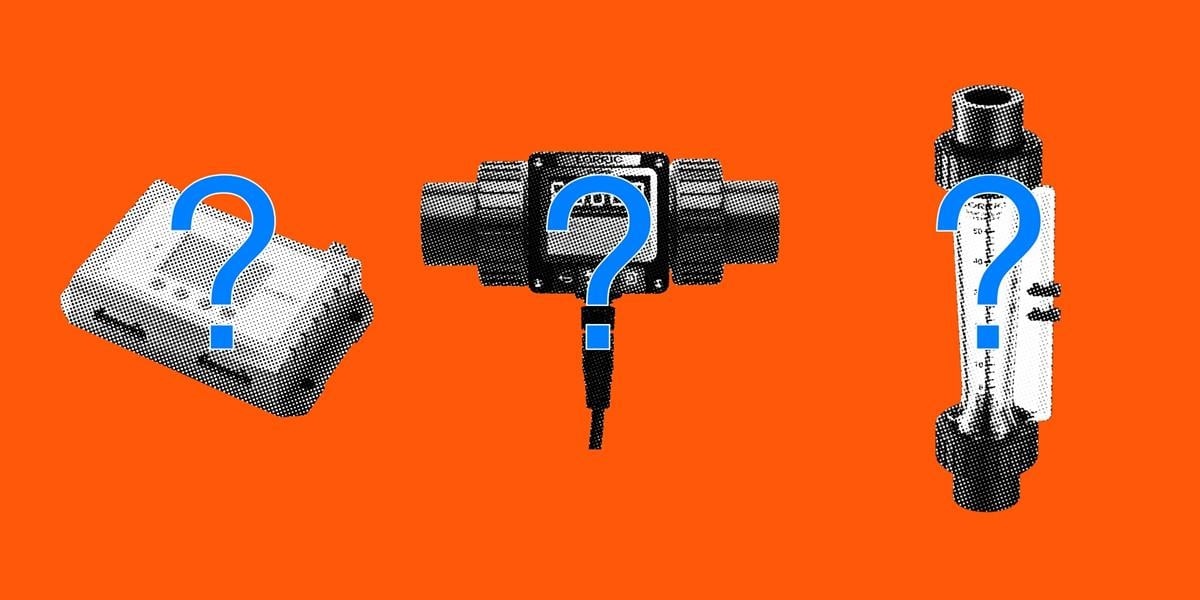A Comprehensive Guide to Shipping from China to Europe for Importers
Novice importers can find it hard to navigate the intricacies of international shipping. Nevertheless, with the right knowledge and planning international trading is a rewarding effort.
If you are shipping from China to Europe then here is a comprehensive guide, which will help to ensure smooth and successful shipment of your products.
-
Understand the Incoterms:
The first crucial step for any importer is to comprehend Incoterms (International Commercial Terms).
These standardized terms, established by the International Chamber of Commerce, define the responsibilities of the buyer and the seller during international trade.
Commonly used Incoterms for shipping from China to Europe include –
- Ex Works
- Cost, Insurance, and Freight
- Free on Board
- Delivered Duty Paid
It is essential to choose the appropriate Incoterm that aligns with your business needs and clearly defines the responsibilities of both parties.
-
Select the Right Freight Option:
Importers have several shipping methods to choose from, depending on their budget, timeline, and volume of goods.
The main freight options for shipping from China to Europe include:
- Ocean Freight: This is the most cost-effective method for large shipments, but has longer transit times. Containers come in various sizes, such as 20-foot, 40-foot, and high cube, with FCL (Full Container Load) and LCL (Less than Container Load) options available.
- Air Freight: Ideal for time-sensitive and smaller shipments, air freight offers quick delivery, but can be more expensive compared to ocean freight.
- Rail Freight: An emerging option, rail freight offers a middle ground between ocean and air freight in terms of cost and transit time. It is particularly useful for shipments that require faster delivery than ocean freight, but are not as time-sensitive as air freight.
-
Compliance and Documentation:
Adhering to the legal requirements and ensuring proper documentation is crucial for successful customs clearance and the smooth flow of goods.
Key documents for shipping from China to Europe include:
- Commercial Invoice: Provides details of the transaction, including product description, quantity, value, and terms of sale.
- Packing List: Lists the contents of each package within the shipment.
- Bill of Lading is for ocean freight and Air Waybill is for air freight: Serves as a contract between the shipper and the carrier, providing details about the goods and their transportation.
- Certificate of Origin: Verifies the country of origin of the goods and may be required for preferential trade agreements.
- Import Licenses and Permits: Some products may require specific licenses or permits for importation into certain European countries.
-
Customs Clearance and Duties:
Customs clearance is a critical aspect of the shipping process. Importers should work closely with their freight forwarders or customs brokers to ensure all necessary documentation is complete and accurate.
European customs authorities will assess duties and taxes based on the Harmonized System (HS) codes assigned to the goods.
Being aware of potential tariff implications and preferential trade agreements can help importers optimize their costs.
-
Packaging, Labeling, and Insurance:
Proper packaging and labeling are essential to protect goods during transit and to comply with European regulations.
Insurance coverage should also be considered to protect against potential loss or damage during shipping.
Working with experienced freight forwarders or shipping agents can help ensure compliance with packaging and labeling requirements.
-
Tracking and Communication:
Maintaining open lines of communication with all parties involved, including suppliers, freight forwarders, and customers, is crucial for a successful shipping process.
Utilizing tracking systems and software to monitor the shipment’s progress can provide real-time updates and help address any potential issues promptly.
Conclusion:
Shipping goods from China to Europe can be a rewarding venture for importers, but it requires careful planning, attention to detail, and adherence to legal and logistical requirements.
By understanding Incoterms, choosing the right freight option, ensuring compliance with documentation and customs regulations, and maintaining effective communication, importers can navigate the complexities of international shipping and build successful import businesses in Europe.
Remember that seeking assistance from experienced freight forwarders and customs brokers can greatly enhance the efficiency and reliability of the shipping process.


















